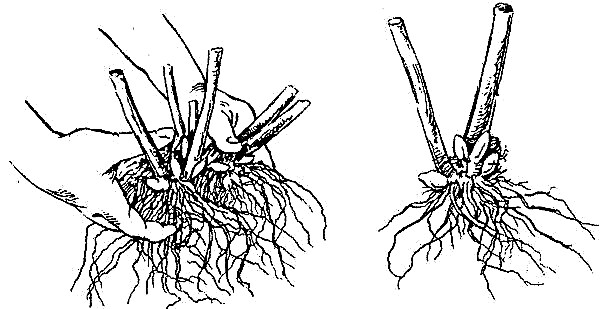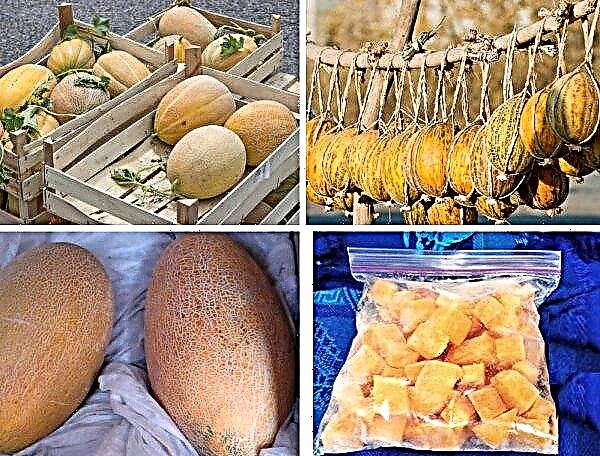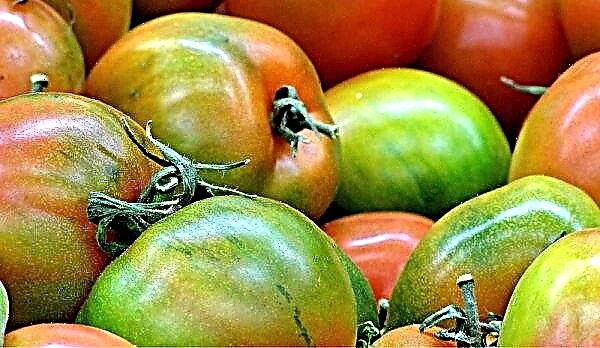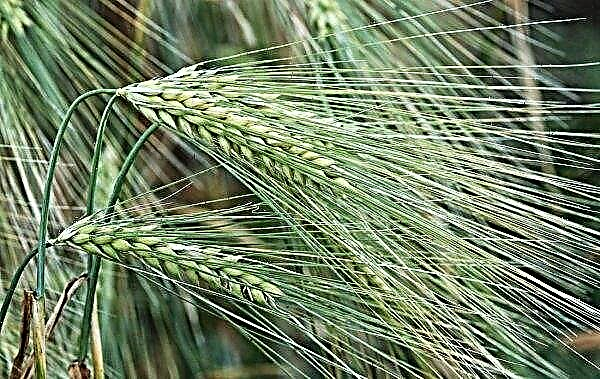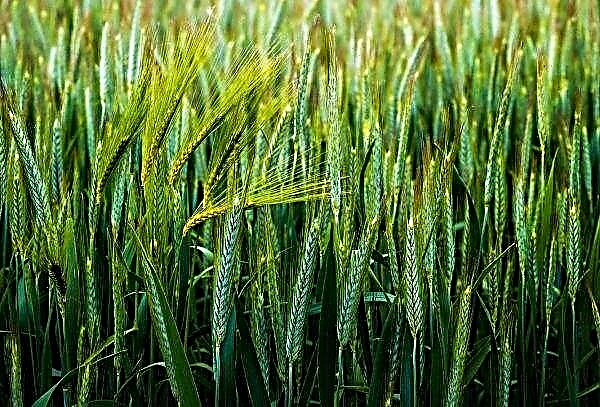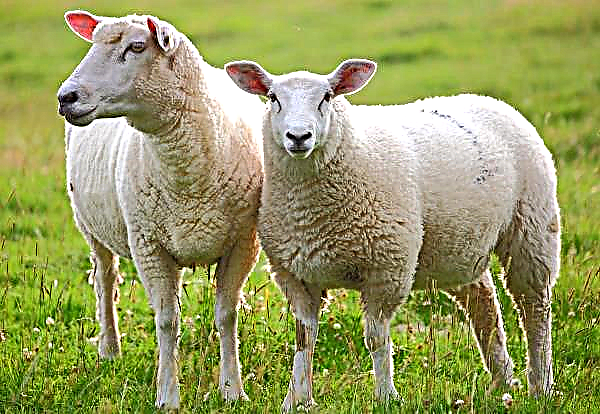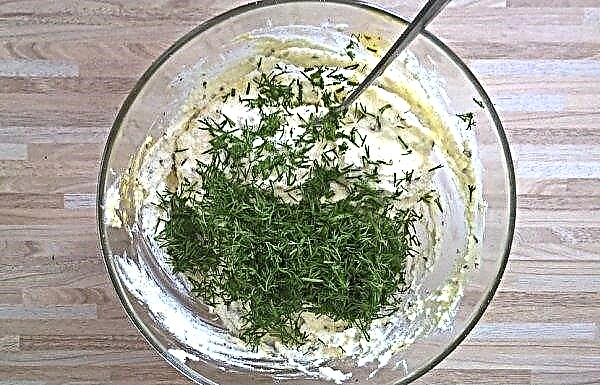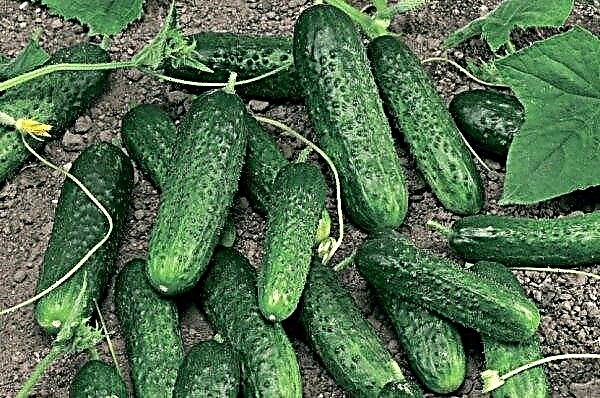Parsley seeds germinate for a long time, 15–20 days, since they are covered with a film of the essential oils that make up their composition. This film prevents moisture from entering the seed and starting all the necessary processes. There are some ways to accelerate seedlings, and they will be discussed later.
What affects germination
Germination of seeds depends on their quality, as well as on the type of soil in which they will be placed.
Seed quality
Seeds are divided into I and II classes. In the first class, the germination percentage is 60–70%, and in the second - 30–40%. To increase these indicators, it is necessary not to deepen the seed more than 2–2.5 cm into the soil. If you plan to mulch the beds, the sowing depth should be 1–1.5 cm.
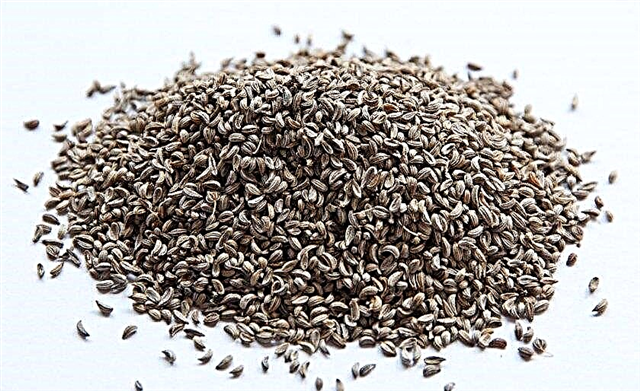
Type of soil for growing
Parsley loves fertile land with good mineralization. The best option would be light loam and sand; can be grown on drained peatlands. Indicators of soil acidity should be at around 6.5–7 pH. Groundwater should not come close to the surface.
Dense soils, poorly permeable to moisture, and also having an acidic or alkaline reaction, are categorically not suitable for plants.
Planting dates and creating the right conditions for planting different varieties
Parsley seeds can germinate at a temperature of + 1 ... + 5 ° C. From this and you need to build on when determining the date of sowing.
Early grades
These plant varieties, regardless of their type (leaf, root), do not plant in the soil earlier than April. For them, the main thing is that at this point in the region the soil has already thawed and warmed up a bit.
Medium grades
Mid-ripening varieties can be planted from the 20th of April and continue sowing through the first decade of May. Harvest can be harvested 80-130 days after germination.
Late grades
Similarly with late varieties. Crops begin on the 20th of April and continue until the first decade of May. You can collect after 130-180 days.
Important! PAfter planting any variety, the garden bed must be covered with covering material. Leave it on the bed until the first shoots appear. It will retain moisture in the soil and maintain the required temperature.
Proper seed and soil preparation for planting
Quick seedlings can be obtained with proper preparation for sowing, as well as with a well-fertilized garden.
Preparing planting material
The basic preparation of the seed consists in soaking it.
There are various ways to carry out the procedure:
- Wrap the seeds in gauze and for 2-3 days place them in warm water. The fluid should be changed 1-2 times a day. Dry after seed to a loose state.
- A faster way to germinate the seed is with a pink potassium permanganate solution. In it, seeds are soaked overnight. After they are wrapped in wet gauze and placed near the battery.
- The day before planting, dip the seed in a glass of water with one drop of potassium humate. Cover the glass with the bottom half of the plastic bottle with holes cut at the bottom. The design must be placed on the battery. Dry the seeds the next day and start sowing.
- In 2-3 hours, you can process the seed with the help of "Zircon". The tool moistens cotton pads and seeds are laid out on them.
- In the accelerated option of removing the oily shell, both hot water and vodka can be useful. In one of these fluids, it is enough to soak the seed for 10-15 minutes.
Did you know? In the 1st century AD e. the ancient Roman writer Pliny argued that salads and sauces should not be served without parsley.
Bed preparation
The garden bed should be prepared in a sunny place, protected from drafts. The site should not be swampy (water does not stagnate in spring after snow melts, after rains, groundwater does not come close to the surface). The best predecessors are tomatoes, cucumbers, onions.
The bed needs to be prepared in the fall. Humus is introduced. An ideal option would be an abundant top dressing with organics of predecessors, after which a crop will be planted in the spring. Then autumn preparation of the garden is not necessary - you just need to remove all plant debris. In the spring, complex mineral fertilizers are added, containing potassium and phosphorus in abundance.
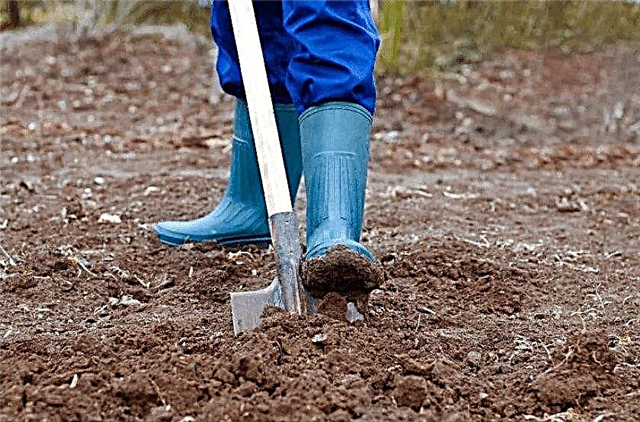
Sowing technology
Sowing is carried out according to this technology:
- Furrows 1.5–2 cm deep (loamy, sandy loamy soil) or 3–3.5 cm (peat bog) are dug in the bed. Between grooves 20-30 cm are left.
- Seeds are placed in the grooves with an interval of 8-10 cm.
- Plantings are sprinkled with a layer of soil or humus of 1-1.5 cm. The bed is compacted and mulched.
Important! You can sprinkle the seeds with soil, and use humus as mulch.
Sprouts, with a dense landing, thin out; between shoots should be 3-5 cm. Be sure to loosen the soil, 3-4 times for the growth period. The first feeding is carried out with the appearance of 2-3 true leaves. In total, there should be 1-2 feeding and the same amount of watering during the growing season.
How to speed up the germination process
As mentioned earlier, parsley emerges slowly. This process can be accelerated at the stage of seed preparation by processing it. In addition, the use of covering material (film or spunbond) on a bed with a crop will help to accelerate the appearance of sprouts. It will help retain moisture in the soil, which is so necessary for seeds to "start". You can also speed up the process of germination if you water the garden with water at a temperature of + 38 ... + 40 ° C. After how many days shoots appear - depends on the ambient temperature.
Video: How to Sow Parsley
What is the best way to plant parsley
Many gardeners do not specifically prepare a bed for parsley, but plant it among other crops. In principle, parsley can be planted among any vegetables except carrots. Most often, parsley is diluted with tomato beds. Often planted around areas with potatoes, along the edges of the grooves. Such a planting can be done only after the potato has been bored for the last time.
Did you know? In the 17th century, parsley was used in medicine as a drug with anti-inflammatory, wound healing and diuretic effects. Methods of using the plant were described in the popular medical clinic of that time under the name “Cool Vertograd”.
As you can see, the most effective way to accelerate seedlings - soaking the seed in various solutions. There is nothing new in this procedure. All seeds pass before planting it, with the only difference being that it is extremely important for parsley, since without it the seedlings will not be friendly, and they will have to wait a very long time.


